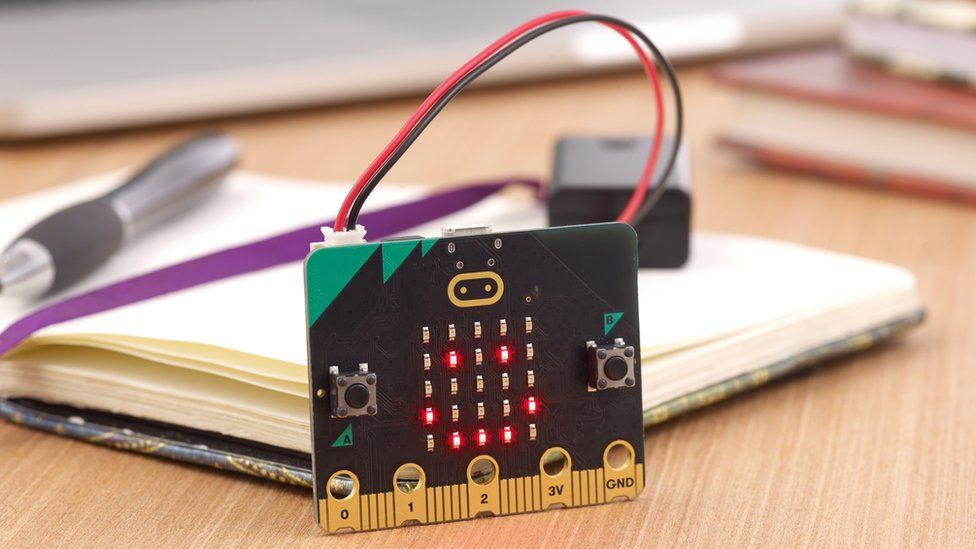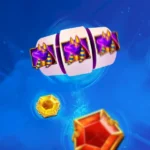The microbit, which looks like a small, pocket-sized computer, encourages kids to acquire programming skills and fundamental coding to prepare them for today’s tech-savvy world. It is a follow-up to the BBC Micro, which introduced the country to computing in the 1980s — when computers looked nothing like the sophisticated ones we have nowadays!
Its goal is to encourage young people to be creative with technology while developing essential engineering, technology, and science skills.
So, what exactly is a microbit? What exactly does it do? This post will teach you all there would be to learn about the BBC micro bit.
What Does a Microbit Imply?
A microbit is a very small computer that may fit in your pocket. The BBC developed it, and the name “microbit” (without the comma in the middle) is occasionally used to refer to it.
The BBC Micro was used to teach people about computers in the 1980s, but the BBC micro bit, which is still in production today, has a different appearance. It is significantly smaller and quicker than the original BBC Micro, much as today’s phones and computers are smaller, quicker, and more powerful than they were back then.
In addition, the microbit that’s available now is around the size of a credit card. It contains an LED light display with two buttons and 25 red LED lights, as well as several sensors and other features. These include an accelerometer that can detect when the microbit is moving, a compass, which can display the direction in which it is moving, and a radio and Bluetooth transmitter, both of which can connect with other devices.
Some of the most recent models even have a microphone and a speaker for sound detecting capabilities.
What Does a Microbit Do?
Children may use a microbit to learn about the link between hardware and software and how they connect. The term “software” refers to the digital information that enables computers to function properly; one example of software is the applications that may be found on a mobile device. The term “hardware” refers to the tangible components of a computer that make it possible for the software to run. One such illustration of this is the motherboard of a computer.
Moreover, children are allowed to learn about the workings of computers via the microbit. They will be able to gain knowledge, not just of programming or coding, but also of outputs and inputs. It is a programme run by the BBC that, in 2016, sent over one million microbits to kids to facilitate their education in computer science and other STEM-related subjects.
Crocodile clips, paper clips, and headphones leads are three examples of additional components that might be beneficial to completing one of the projects. However, it would be best if you began with the fundamentals and then saw where your trip with the microbit leads you.
What Can You Do With a Microbit?
Here are some of the things that you can accomplish with a microbit:
Fitness. Count the steps using a homemade version of something like the ‘Fitbit,’ or build an obstacle test and apply the microbit to play a balancing game.
Music. Connect the phone to the microbit and control the music player, produce music, or use a banana as a music keyboard!
Garden. Connect a sensor to the microbit, and it will notify you whether the plant is pleased with a simple grin or when it needs a drink with a frown.
Fashion. Create a digital watch, brooch, or other items that show the time, your own design, or a statement.
Games. Create classic mobile phone games that everyone enjoyed, such as ‘Snake’ or their own game concepts. Alternatively, you may use it as a scoreboard or timer for various games.
Cooking. Make a digital egg timer or link the microbit to a thermometer to get the right temperature for the Mary Berry Victoria Sponge.
You can also do the following:
- Instruct a robot;
- Track steps;
- Make use of the microbit as a die;
- Use the lights to create a breathing rhythm for you to obey;
- Make a nightlight that turns on when it becomes dark;
- And much more!
The Benefits of a Microbit
Microbits are only another weapon in a teacher’s armoury, but they may be utilised in highly creative ways to excite and educate youngsters.
- Boost engagement
- Are suitable for all levels of schooling
- Increase knowledge and retention
- There is no need for a large investment
- Prepare students for jobs
- Increase computational thinking throughout the course
- Promote collaborative learning
The microbit educates you on the inner workings of today’s modern technology. Children are able to get acquainted with each component, including how and where it operates. If the children comprehend the material, they will also get the opportunity to utilise the BBC micro bit to code in various contexts and activities.












